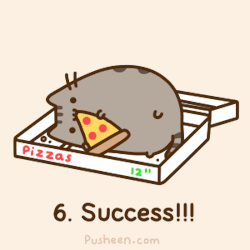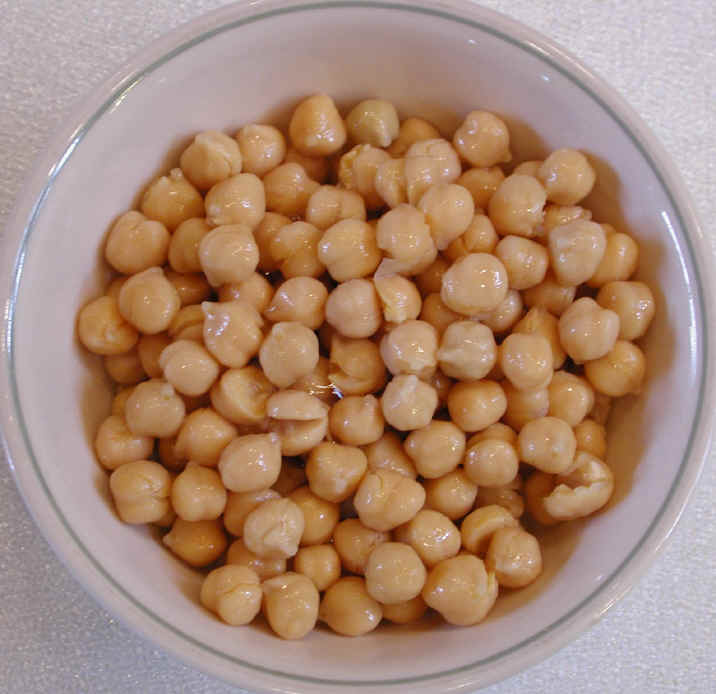Eating Animals is hard to review because I ended up agreeing with
Foer’s conclusions so completely. I believe that Foer shares my fault:
while the early chapters of this book state again and again that he is trying to create a
fair, balanced, and thorough examination of the consequences of eating meat, an
examination that would address the social, historical, environmental, and ethical
implications of carnivorism, he is unable to do so. His investigations very
quickly lead to such moral outrage over the cruelty of factory farming that his
book is essentially hijacked; no matter how much page space he gives to the
thoughts of farmers and slaughterers who are in favor of our current factory
farming system, I knew very early on where Foer’s argument was going.
Fortunately, it was a place that I already wanted to be.
Foer started writing Eating
Animals because he was about to have his first child, and after a lifetime
of switching back and forth between vegetarianism and omnivorism, he felt it
was morally imperative to make a firm decision on the subject of eating meat.
He started by thinking about what eating meat meant in his larger culture (he’s
Jewish) and in his family’s unique traditions, and moved on to personally
visiting factory farms and slaughter houses and interviewing those who work at both institutions.
I won’t go into details here as a courtesy to the squeamish,
but what he found was so shocking that it didn’t take long—maybe 50 pages—to figure
out that he is well on his way to permanent vegetarianism. Foer does an
admirable, shudder-inducing, nauseating job of describing the lives of factory
farmed pigs, chickens, and cattle and the casual brutality perpetuated by the
underpaid and overworked laborers being exploited by the factory
farming system.
When I say “cruelty” and “brutality,” I’m not talking about
slaughter; I don’t have a conceptual problem with humans, natural omnivores and
hunters, killing animals for consumption. I’m talking about the largely
unregulated, profit-driven factory farming industry that sees animals not as
beings worthy of healthy, relatively painless lives and quick, respectful
deaths but as protein production units. I’m talking about the short, filthy, disease-ridden,
anxious, brutal, stifling lives these animals live in tiny cages. I’m talking
about the cruelty that comes from stressed, underpaid, and unregulated human
beings given complete power over animals and the abuses that spring naturally
from that kind of power.
Beyond the hideous cruelty of the system, there is also the
heinous environmental impact of factory farming to be considered, not to
mention the terrible costs to our public health in the forms of mutated flu
viruses, antibiotic resistant bacteria, epidemics of food poisoning, asthma and
disease related to pollution from factory farming facilities, and the skyrocketing health
costs that come from heart disease and cancer (both of which have
been linked to the over-consumption of meat). Foer does great job of covering these issues whenever he takes a break from describing the farms themselves.
While I do fault Eating
Animals for its lack of balance and its occasionally wobbly, indistinct structure, the
highest compliment I can give it is that it has changed my life. It cemented my
decision to move toward a vegan lifestyle. I literally shudder when I see meat
now, because I know what happened to that animal. I know the moral cost of that
meat. Foer has so convinced me that I don’t think I can ever allow myself to
purchase factory farmed meat or eggs again. Not when there are so many other
options available to me.
Basically, Eating Meat
is a fabulous book if you are like me: interested in the environment and animal
welfare and willing to be radicalized. If you’re not, this is a book that will
sicken you and cause some painful cognitive dissonance. No matter
what, you should be aware that knowing what factory farming really means
will force you to make a moral decision about participating in our current food
system; whether that is a good thing or not is up to you.























